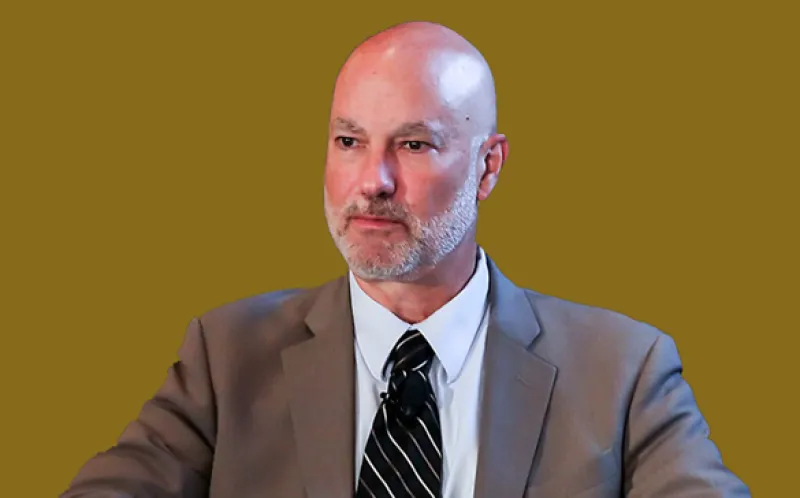Despite its relatively small size, the New Mexico Educational Retirement Board is a top performer. Since 2016, the $16 billion fund's risk-adjusted returns have ranked in the top 10th percentile of its peer group. Part of the strong performance record can be attributed to alternative assets, which make up 48 percent of New Mexico ERB’s total assets under management, according to its first quarter performance results.
Overcoming the limitations of size isn't easy. A rich body of research finds that smaller institutions face significant challenges in achieving the best returns, including widespread underfunding, a lack of access to the best-performing managers, and not being able to negotiate fee reductions. New Mexico itself faces one of the biggest challenges, an understaffed investment team.
Still, chief investment officer Bob Jacksha said relatively small funds can maximize returns by focusing its people where they can be most valuable and looking for opportunities in niche investment areas. His fundamental questions about investing in any asset class are whether active management adds value or if passive is a better and lower cost option. Even though passive is a low-cost option to begin with, the plan achieves even lower costs by managing index funds in-house. When the fund does choose to deploy an active strategy, it examines whether it has sufficient expertise and resources to manage those investments in-house or is better off hiring outside firms. That decision comes down to whether the higher fees paid to external managers can be justified by the potential for better returns.
That thinking has led Jacksha and his investment team to adopt a passive strategy in domestic public equities and to be more active in alternative investments. Because he believes the U.S. stock markets are highly efficient, with little room for active managers to outperform, “we are not going to spend a lot of resources on trying to pick managers and monitor them,” he said. Instead, only one staff member oversees the trading of domestic equity index funds. Jacksha then focuses the rest of the team on areas where active management can make a bigger difference in the fund’s returns, “which is really more in the alternative private asset space,” he said.
In contrast to the one-person team that manages domestic equities, New Mexico ERB’s alternative investment team would ideally consist of five people covering private equity, real estate, infrastructure, natural resources, and other diversifying assets in a fully-staffed situation, according to Jacksha. But right now he doesn’t have five staffers because of ongoing funding challenges.
New Mexico has made a big bet on alternatives, but there are new challenges for the fund. Take private equity. With private equity having generated good returns, particularly in the past year, the demand from allocators is now outpacing supply in the market, giving PE managers an upper hand, according to Jacksha. “You actually have to get in front of the managers, get to know them, get them to know you…and give them some reasons to work with you,” he said. There’s also only a limited amount of capital that PE managers “can reasonably put to work,” Jacksha added. But small funds also face private equity firms not wanting to deal with a long list of small limited partners, which can add unwanted administrative work for the managers, he added.
To combat these hurdles, Jacksha makes sure New Mexico is responsive to mangers’ request and respects private equity firms' proprietary information. “You have to be a good partner as much as you can,” he said.
But small funds do have their advantages in generating outsized returns. Smaller funds have more flexibility than their larger peers to invest in niche strategies, with less capacity. “If we can make a fifty to a hundred million investment, that works for us. It moves the needle,” he said. “We also look at some unconventional strategies, [which] might fit that mold for less capacity.” Such strategies include investing in music royalties and sport franchises, which have less correlation to other asset classes. These are investment opportunities that “are not fully exploited yet” and tend to be overlooked by larger funds, he said.







